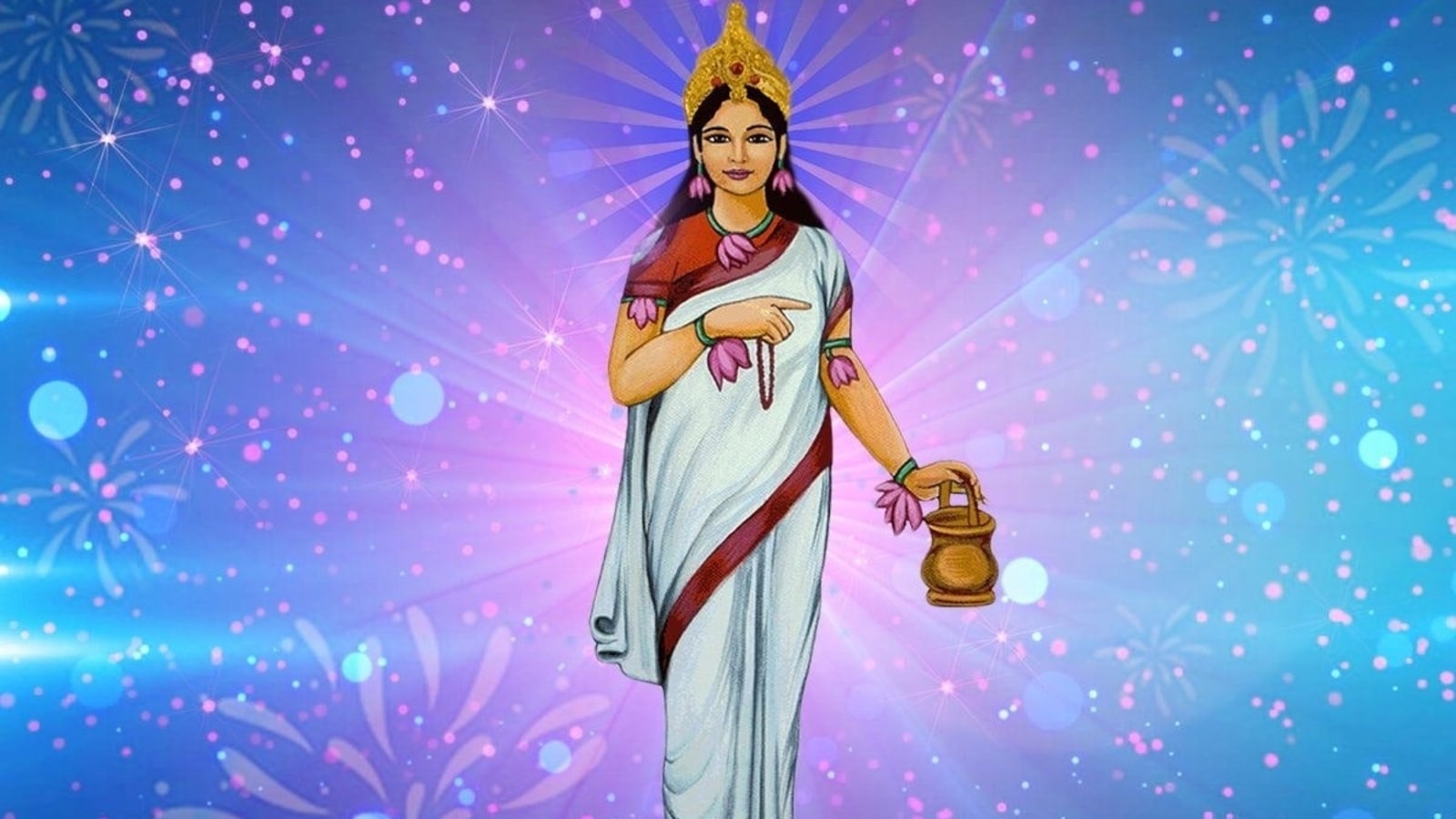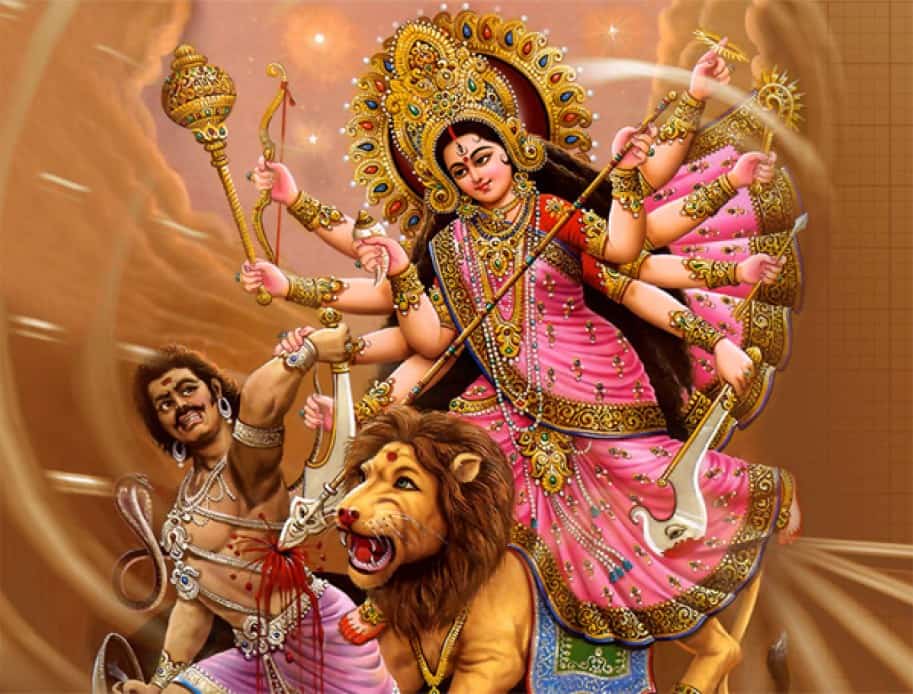Exploring the Rich Tradition of Navratri Traditions and Beliefs
Navratri, a vibrant and spiritually significant Hindu festival, is celebrated with immense fervour and devotion across India. This nine-night festival, dedicated to the worship of the divine feminine, holds a special place in the hearts of millions. Let’s look into the significance of Navratri, the symbolism of its colours, and the importance of each of its nine days.
Navratri’s Spiritual Essence
Navratri, a Sanskrit word that translates to “nine nights,” symbolises the triumph of good over evil. It honours the goddess Durga, who represents strength, power, and protection. During these nine nights and ten days, devotees fervently worship the different forms of the goddess, seeking her blessings and divine intervention.
The Significance of Navratri Colours
Each day of Navratri is associated with a specific colour, symbolising the respective form of the Goddess. These colours infuse the festival with vibrancy and symbolism:
Day 1 – Pratipada (Shailaputri)
The colour is Royal Blue, representing divine energy and spirituality.
Day 2 – Dwitiya (Brahmacharini)
The colour is Yellow, symbolising happiness and positivity.
Day 3 – Tritiya (Chandraghanta)
The colour is Green, signifying growth and prosperity.
Day 4 – Chaturthi (Kushmanda)
The color is Grey, denoting balance and neutrality.
Day 5 – Panchami (Skandamata)
The colour is Orange, representing creativity and enthusiasm.
Day 6 – Shashthi (Katyayani)
The colour is White, symbolising purity and peace.
Day 7 – Saptami (Kalaratri)
The colour is Red, signifying strength and determination.
Day 8 – Ashtami (Mahagauri)
The colour is Sky Blue, representing tranquility and calmness.
Day 9 – Navami (Siddhidatri)
The colour is Pink, symbolising love and compassion.
Nine Days of Navratri Significance
Each day of Navratri is dedicated to a different form of the goddess, and they are celebrated with distinct rituals and prayers. Let’s explore the significance of each day:
1. Shailaputri: The first day honors Shailaputri Devi, the daughter of the Himalayas and an embodiment of the goddess Parvati.

2. Brahmacharini: The second day celebrates Brahmacharini Mata, representing the pursuit of knowledge and wisdom.

3. Chandraghanta: On the third day, devotees worship Chandraghanta Devi, who symbolises bravery and grace.

4. Kushmanda: The fourth day is dedicated to Maa Kushmanda, the creator of the universe.

5. Skandamata: On the fifth day, Skandamata Devi, the mother of Lord Kartikeya, is revered.

6.Katyayani: The sixth day is dedicated to Maa Katyayani, who embodies courage and strength.

7. Kalaratri: On the seventh day, devotees worship Kalaratri Devi, a fierce form of the goddess.

8. Mahagauri: The eighth day celebrates Mahagauri Mata, representing purity and serenity.

9. Siddhidatri: The ninth day honours Siddhidatri Devi, who bestows blessings and fulfilment of desires.

Joyous Celebrations and Devi Puja
Navratri is not only a time for intense spiritual devotion but also a time of lively celebrations. Devotees come together for traditional dance forms like Garba and Dandiya, adding a vibrant cultural dimension to the festival. Additionally, homes and temples are adorned with flowers and lights, creating an atmosphere of joy and festivity.
As the nine days of Navratri unfold, devotees across the country immerse themselves in the divine energy of the goddess, seeking her blessings for strength, wisdom, prosperity, and inner peace. Navratri reminds us of the eternal feminine power that guides and protects us, fostering a sense of unity, spirituality, and cultural heritage among millions of people worldwide.
In Conclusion: Embracing the Divine Feminine
Navratri is not merely a festival; it’s a profound spiritual journey that invites devotees to connect with the divine feminine energy within themselves and in the universe. As the days of Navratri pass, it’s a time of introspection, celebration, and unwavering devotion to the goddess Durga in all her forms. May Navratri bring blessings, joy, and spiritual enlightenment to all who partake in its festivities.
Maa Durga Paintings: Maa Durga Paintings And Its Significance





